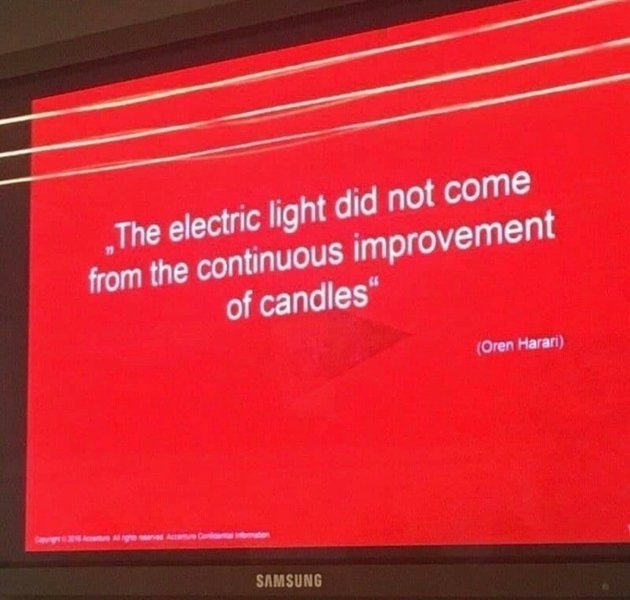Product Management

Engaged users are usually happy to pay for your product as they understand the value and use it regularly, but users that are only just getting set up or have used your product once or twice are more hesitant to pay.
A successful trial thus needs to guide users to the habit moment, but having an arbitrary time limit on your trial doesn't guarantee
... See moreJurn van Wissen • SaaS Trials: How to Design Trials That Convert to Paying Customers
Another way to make your trials even more effective is to offer them multiple times.
Many companies believe that users will just abuse this but, if your trial is properly set up, that shouldn't be a big issue.
Jurn van Wissen • SaaS Trials: How to Design Trials That Convert to Paying Customers
A very basic three-category scale of Urgency could go something like this:
• “ASAP” represents the highest band of urgency. If we don’t deliver this ASAP, then the value (whatever total value that might be) will quickly evaporate – someone will get there before us or the opportunity (however big or small) will be massively impaired.
• “Soon”
Joe Smith • Qualitative Cost of Delay
Some of the questions I repeatedly ask:
• Can we re-frame this in terms of the customer’s problem?
• What’s the soonest we could get this done?
• What would you need to get this done tomorrow instead of next week?
• What would we need to do to get twice as many customers? Ten times as many customers?
• How does this relate to our goal? Is this the most
Sam Gerstenzang • Operating well – what I learned at Stripe
Consistency just feels good to our system centric product/engineering/design brains. But it creates a huge coordination cost and prohibits local experimentation – everything has to be run against a single standard that multiplies in communication complexity as the organization gets larger.
